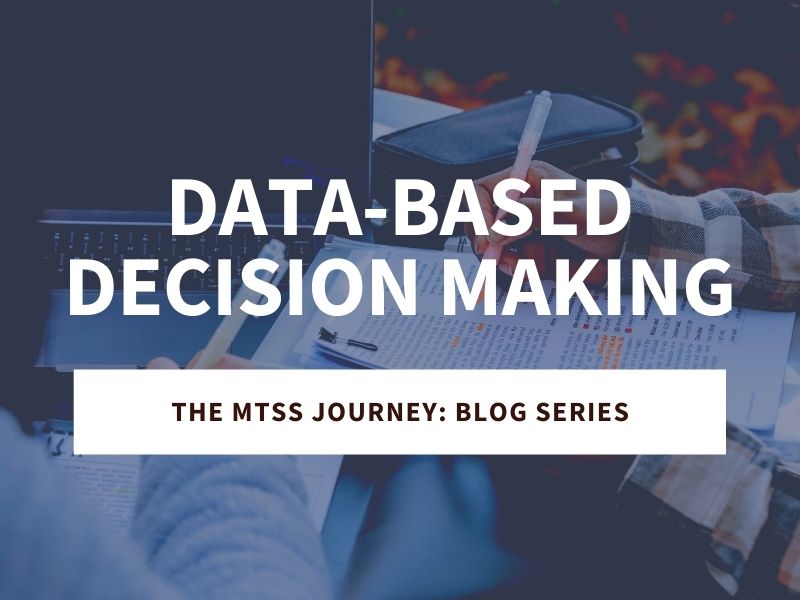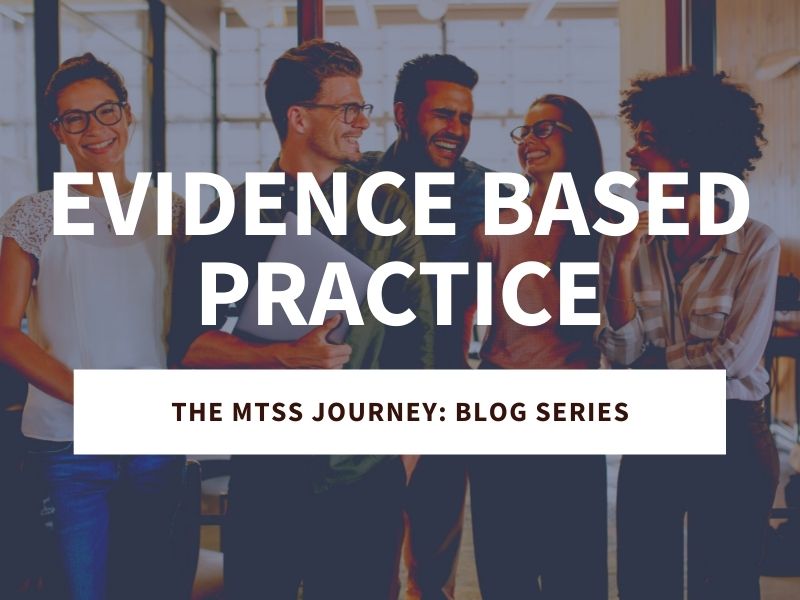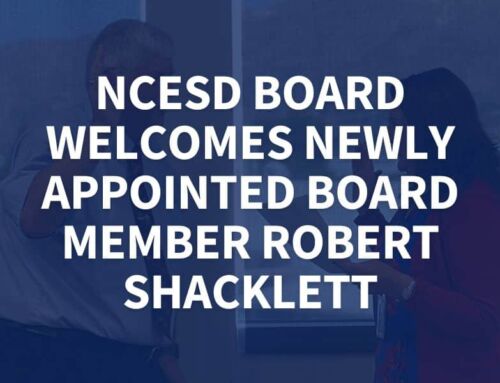Data-Based Decision Making: The MTSS Journey Blog Series

Data-Based Decision Making
Utilizing student, staff, and parent/community voice is a very important yet often overlooked piece of data in education. We can utilize voice when identifying the problem and when selecting the solution. This ensures equity in the work we are doing and that we provide the right solutions to take out system barriers for students today. Using multiple sources of data, including voice, in a systematic way is the key to the success of MTSS.
One agreed upon process that districts can use comes to us from improvement science. We refer to it as the plan, do , study, act (PDSA) cycle (National Implementation Research Network, 2014).
Plan
We need to identify the root cause of the problem in order to match up the right solution. Make a prediction about what will happen when you employ an evidence based practice to a problem. This becomes your plan on how to implement it. Be sure to define which type of data you will use to measure success.
Do
Time to implement. Take note of what is happening in the process. Are you seeing growth? If so, at what time and with who?
Study
This is where you measure the evidence based strategies’ impact. In the words of John Hattie “Know Thy Impact”. Look At your notes, what happened during the test or what is happening currently, mid test? Were there certain elements that led to the successes you are seeing? How often did students engage in the intervention vs. their result? Were you able to implement the strategy with fidelity?
Act
Now that you’ve learned from the cycle, adjust and plan next steps. Maybe you need to tweak your implementation just slightly or maybe you need to abandon it all together and start over. Maybe it worked splendidly and you’re ready to grow and scale these efforts and move on to a new skill with this group. These are all possibilities.
The important thing about a PDSA cycle is that they are completed in a timely fashion.
Set a goal and a plan of action to monitor it. Aim for 6-8 weeks to complete an entire cycle. Celebrate successes with your team and have a set time in the agenda to do this.
What types of data should you use?
It depends on your goal. Try to use at least 4 types of data to monitor overall progress. This should include screening data (to help see what skills students need help with system wide), progress monitoring data (in response to your evidence based practice you’ve employed), fidelity data (to what extent are you implementing the EBP as studies have indicated it to be), and perspective (student and family voice). Remember these types of data should be for the whole child including measuring social-emotional well being as well as academics.









